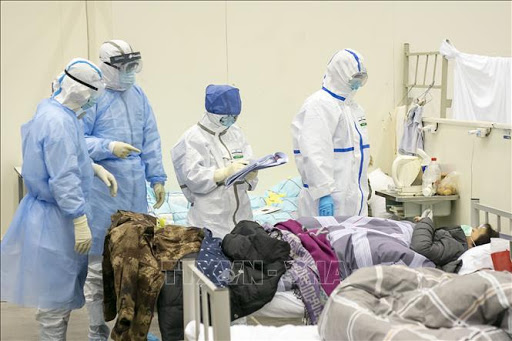Only 24 African countries can test for COVID-19
Twenty-four countries in the African region have confirmed to the World Health Organization (WHO) that they can test for potential COVID-19 cases.
Two weeks ago only two referral laboratories – one in South Africa and another in Senegal – were capable of doing this. The scaling up of testing capacity across the African continent represents a significant milestone in COVID-19 preparedness efforts.
At the beginning of the outbreak, the vast majority of national laboratories in Africa lacked the reagents necessary for testing. As the virus had not been in humans before, there were no pre-existing supplies of reagents that could be used to test for its presence. As soon as the genetic sequence of the virus was published, manufacturers around the world began racing to produce reagents.
“It is crucial that countries in Africa are self-sufficient with respect to testing for COVID-19, given the huge challenges that many face in shipping samples across Africa or in some cases beyond,” said Dr Matshidiso Moeti, WHO Regional Director for Africa. “But high global demand for reliable and accurate testing kits has strained supply chains and resulted in production and delivery bottlenecks. However, these are being overcome.”
The method that laboratories use to test for COVID-19 is nucleic acid testing using PCR, or polymerase chain reaction, which works by looking at the genetic code of the virus. A sample is first taken with a swab from the back of the nose or mouth of someone suspected of being infected with the virus. Then, in the laboratory, if the virus is present in the specimen, the virus’s genetic code – is extracted and repeatedly copied, multiplying tiny trace quantities of viral nucleic acid so it is easily detectable.
WHO was able to build upon the tremendous advances that had been made in the detection and monitoring of influenza, which is also diagnosed using PCR testing. In fact, the equipment, infrastructure and technical expertise required to conduct testing for one virus is nearly identical to the other. The key difference is the virus-specific reagents required. Twenty-eight countries in the WHO African Region are members of WHO’s Influenza Surveillance Network, which includes 13 National Influenza Centres that form the backbone of the WHO Global Influenza Surveillance and Response System.
In addition to the 24 national laboratories with diagnostic capacity for coronavirus, it is expected that an additional 18 will be able to conduct tests, once they receive reagents, with some needing support, bringing the total to 42 laboratories. The remaining five countries will need more support and the aim is for countries with National Influenza Centres, along with WHO and other partners to provide the training, PCR machines and expertise needed to run tests. In the meantime, these countries can send test samples to other countries in the African region.



